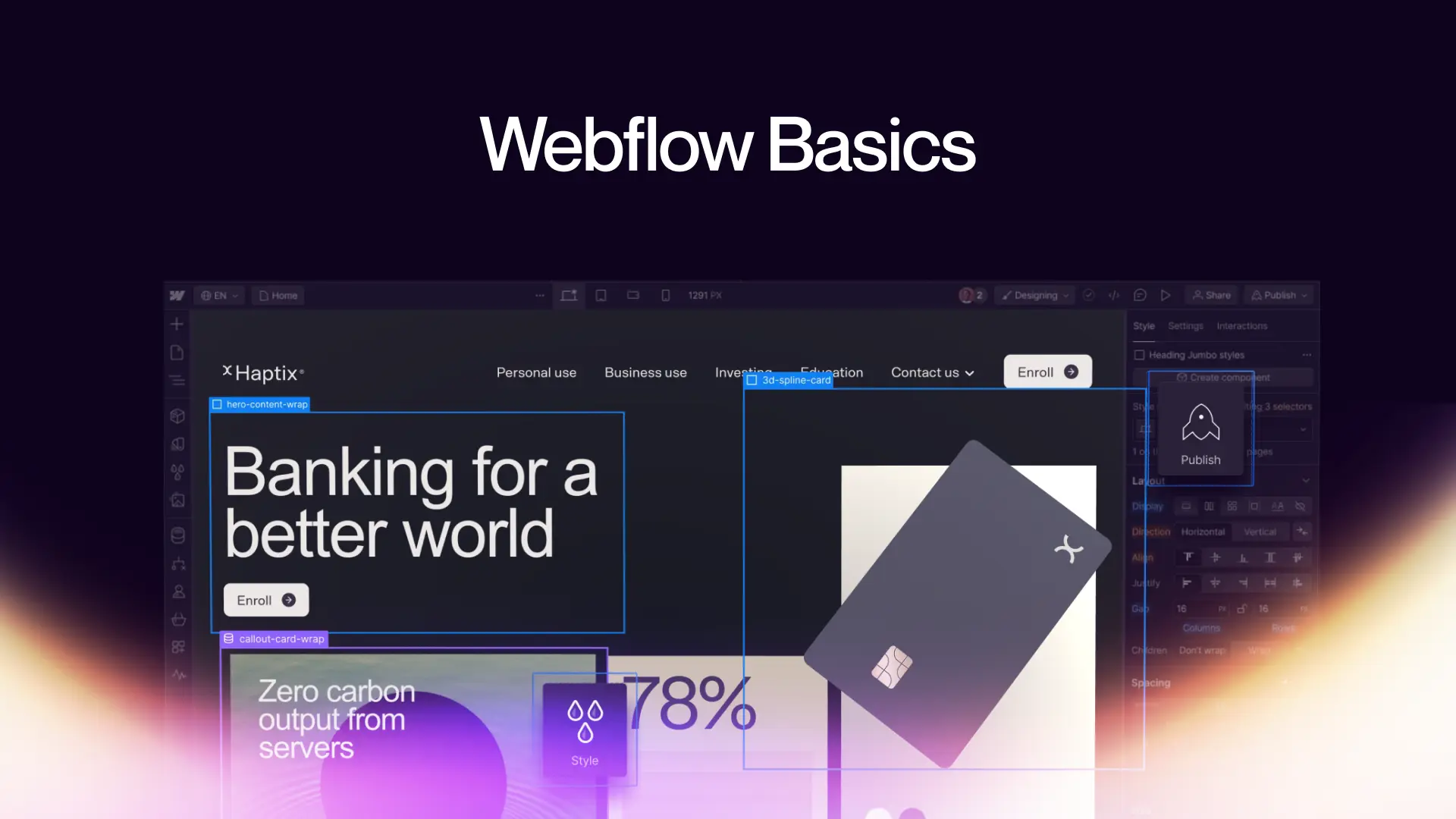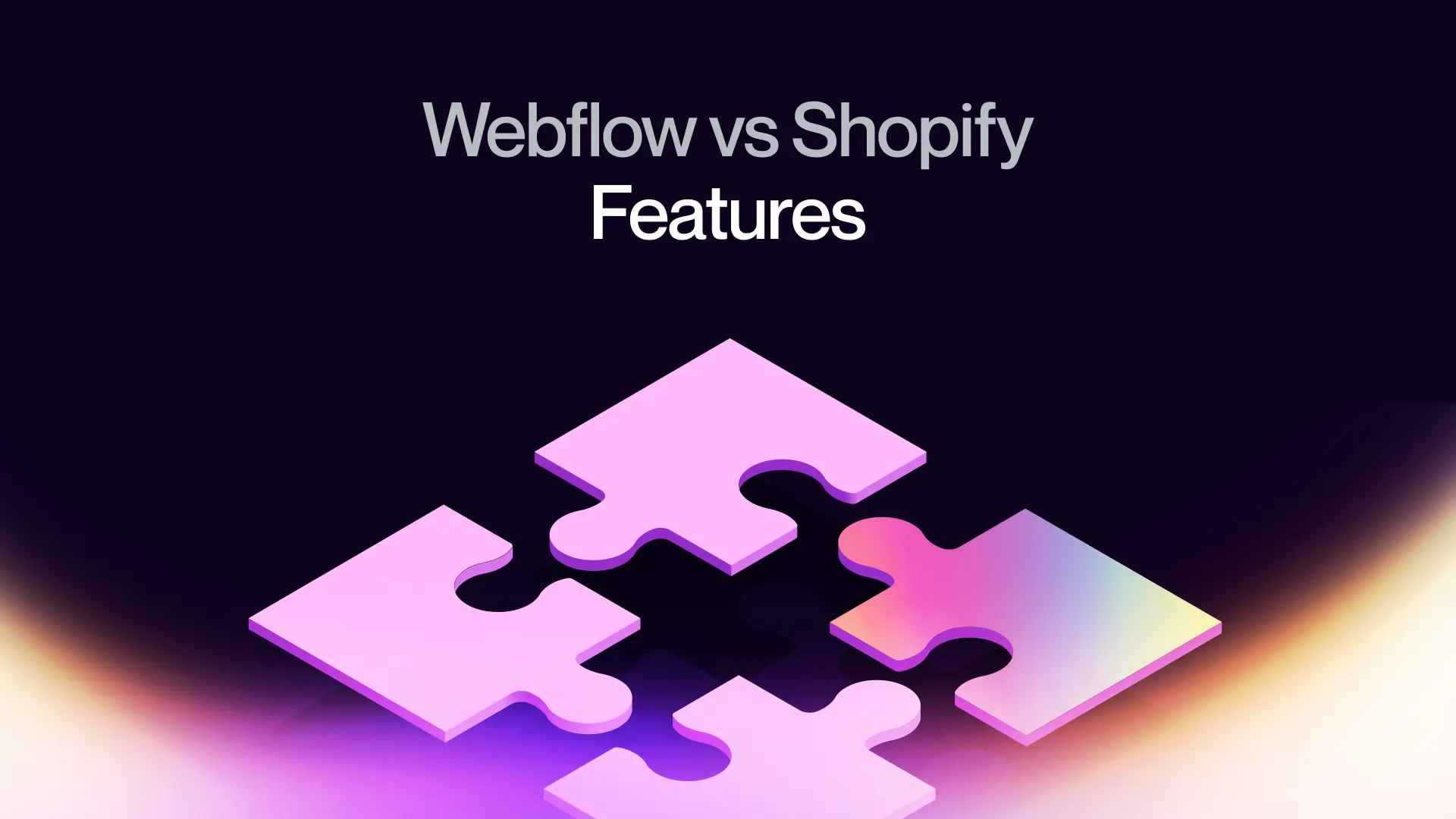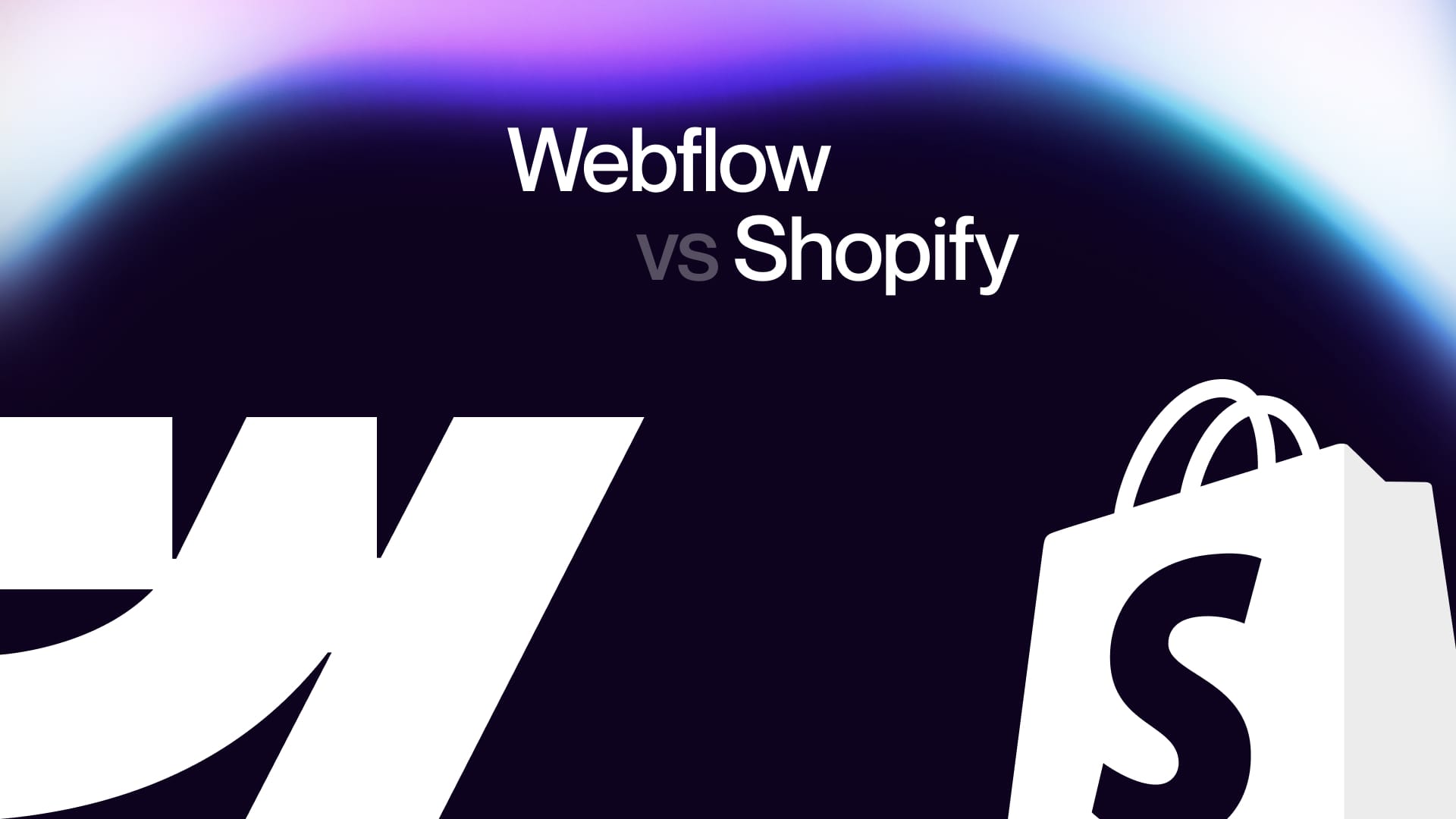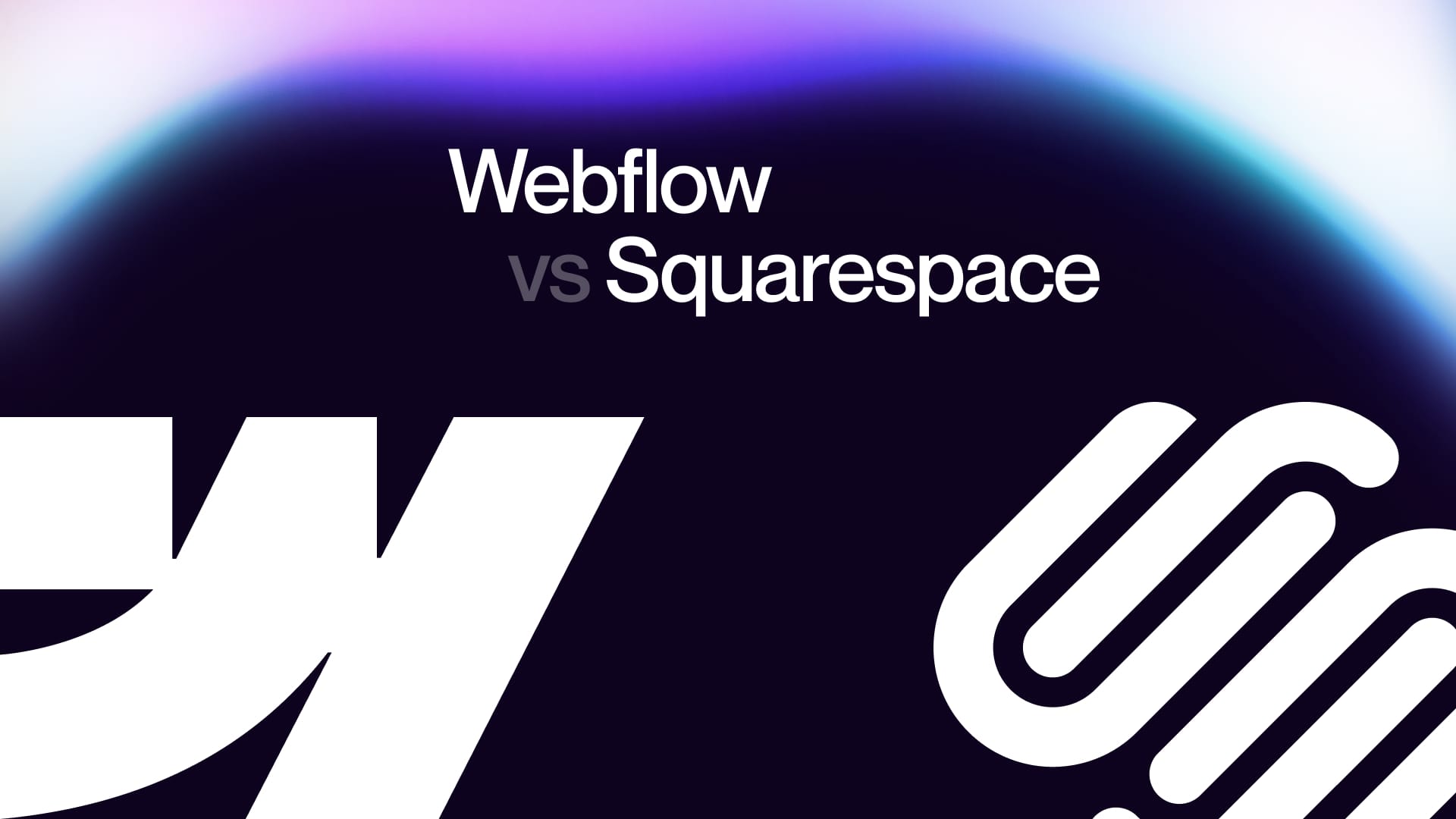If you are new to eCommerce and want to get things started on the right track, choosing the best eCommerce platform for your unique business needs is crucial.
You want an eCommerce store that looks great and offers your customer the best UX (user experience) and CX (customer experience) possible.
Your eCommerce store must give its customers a seamless experience from the start of their individual buyer's journey to the payment exchange and even after in the customer service realm.
The eCommerce industry hit 513.60 billion in sales globally in 2018 and is expected to reach $6.3 trillion in 2023.
eCommerce sales are expected to reach $7.3 trillion by 2025.
The huge numbers have inspired many people to start their own online stores, but with so many options available, it can be hard to know where to begin.
Both Webflow and Shopify are two of the most popular eCommerce platforms on the market.
But which eCommerce platform reigns supreme?
Who will win the eCommerce battle between Webflow vs Shopify?
In this article, we will cover two of the most popular eCommerce platforms then you can decide who wins…Webflow vs Shopify.
1. Webflow Basics

Webflow is a visual website builder that allows you to create custom websites without having to write code.
It's perfect for businesses that want complete control over the design of their website and need a platform that can scale as their business grows.
Let's take a more detailed look at their features, pricing, and which businesses they're best suited for.
Webflow is a website builder that emphasizes creativity and customizability and with Webflow, you can create visually stunning websites without needing to code.
This makes it an ideal platform for designers and other creative professionals.
The platform's basic plan starts from $14 per month, a CMS plan at $23 per month, and a business plan at $39 per month. But what makes Webflow unique?
In addition to having one of the best visual editors in the business, Webflow University offers comprehensive tutorials that can help you get to grips with the editor relatively quickly.
Once you do you will be able to create unique websites with ease.
Webflow offers an array of amazing technical features, including the ability to export clean code, which is invaluable if you need to switch platforms in the future.
You can also use it to optimize your website for search engines (e-commerce SEO) so that potential customers can find it.
Another great feature is that Webflow integrates seamlessly with Google Analytics and other third-party tools, which makes a website truly unique.
Webflow is celebrated around the world because it gives entrepreneurs an unparalleled ability for customization.
However, this level of customization means that you'll need to put in more work to get your website up and running.
If you need help a Webflow Republic can get the job done for you.
2. Shopify Basics
.webp)
Shopify is a popular platform among online store owners throughout the world due to its ease of use, comprehensive features, and 24/7 support.
Shopify is the leading eCommerce platform on the market today, with over 1 million active users in more than 175 countries. While Shopify may not be as customized as Webflow, it does have loads of free templates to choose from.
If you're not a programmer, it may be difficult to modify the templates because they're written in Liquid, which is complicated to understand.
Shopify starts at $21 per month for the basic plan and goes up to $266 for the Advanced monthly plan.
3. Shopify vs Webflow: Which Platform Offers The Most Digital Marketing Features?
The answer to this question really depends on your specific goals. Shopify has more users with powerful marketing tools to help them promote their products and boost sales.
For instance, with Shopify's built-in blog, you can share articles, reviews, and promotions with your customers.
It is an excellent way to keep customers engaged. Another feature is you can also create Facebook ads right from your dashboard.
When it comes to technical SEO, Webflow has a major edge over Shopify. Shopify lacks some of Webflow's technical tools that will help boost your position on the SERP (search engine result pages).
User experience plays a significant role in your digital marketing efforts and having the creative flexibility that Webflow offers really enhances the UX and CX experience.
4. Webflow vs Shopify, Features

Webflow offers superior creative customization options than Shopify and its content management system (CMS) is hands down better. But, the most significant difference between Webflow and Shopify is their design vs operations.
People tend to choose Webflow when their online store needs a distinct look and feel to match their brand.
On the other hand, business owners tend to choose Shopify to get started quickly and prioritize ease of day-to-day operations over aesthetics.
That being said Webflow does have a learning curve but Webflow University makes things easier to learn and you don't need any code/coding knowledge.
Webflow Top Features:
- A/B testing
- Beautiful product pages
- Customizable emails
- Blog software
- A visual editor that allows you access to CSS, JavaScript, and HTML.
- Customizable checkout process
- Customizable shopping cart
- Compatible with third-party analytic tools
- Email marketing tools
- Automatic tax calculation
- Dynamic pricing
- Social media campaign manager
- Powerful CMS (content management system)
Shopify Top Features:
- Over 100 professional themes
- Customizable themes
- Dropshipping options
- Ability to sell directly on Facebook
- Abandoned cart recovery
- Social media integration
- Ability to extend your web store
- Automated shipping and tax calculation
- Fraud analysis
- Can edit code
Getting started with either Webflow or Shopify is easy.
You can sign up for a free trial with Shopify or Webflow to explore their features and decide which one is right for you.
Both Webflow and Shopify are great platforms and both are beginner-friendly and have a wide range of features.
The pricing plans for Shopify and Webflow are pretty much on the same level.
For most businesses, the main difference is going to be the number of customization options and the content management system.
Webflow simplifies taxes by calculating VAT and sales tax automatically through the integration of shipping and sales tax functionalities.
This is inclusive of the EU, USA, Egypt, and Australia. Users can take advantage of Shopify's discounted shipping rates.
It can automatically calculate taxes on customer payments as well as shipping rates in whatever country your eCommerce business may be based in.
In general, Webflow is a better option if you are looking for more unique customization options and a powerful CMS.
Shopify is a better choice if you're looking for an easy-to-use platform with plenty of features to support your business operations.
The Verdict: Webflow vs Shopify 2024
.webp)
So, which is the better eCommerce platform? Who essentially wins Webflow vs Shopify? If you take a close look at all the different features listed above, it's easier to figure out which platform has an edge in specific areas.
The answer to this question isn't as straightforward as you might think.
While Shopify might have an edge in terms of ease of use and overall support, Webflow has made its mark and has revolutionized how we design and Webflow is the power behind the No-Code movement.
With its rich CMS and customization, Webflow might be a better choice for most businesses and their need to stand out from their competition.
Ultimately, it all depends on your unique business needs and only you can decide which platform is better for your business.




.jpg)
